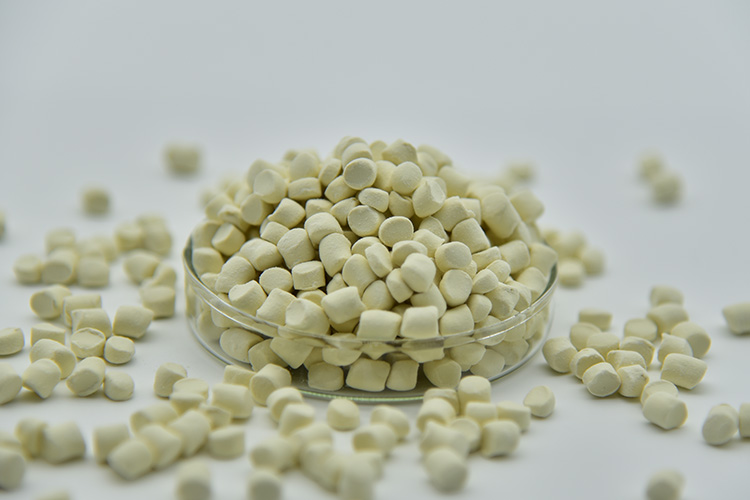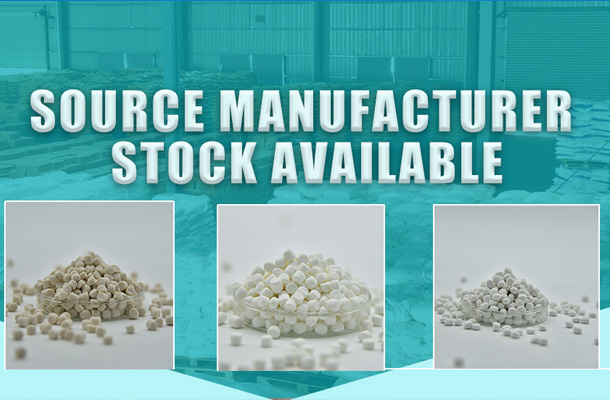Rubber vulcanization accelerators encompass a diverse range of chemicals, classified based on chemical structure, acidity, and the speed at which they promote vulcanization. Here are several categories:
By Chemical Structure:
- Thiazoles: Examples include TMTD (Tetramethylthiuram disulfide), MBT (Mercaptobenzothiazole), known for their fast action and flat vulcanization curves.
- Sulfenamides: Like CZ (N-Cyclohexyl-2-benzothiazolesulfenamide) and NS (N-Oxydiethylene-2-benzothiazolesulfenamide), these are post-effect accelerators with long scorch safety times.
- Thiurams: TMTD also falls into this category, offering strong硫化activity.
- Dithiocarbamates: Such as ZDBC (Zinc dibutyldithiocarbamate), sometimes classified as ultra-ultra accelerators.
- Xanthates: Considered ultra-ultra accelerators due to their rapid action.
- Guanidines: DPG (Diphenylguanidine) is an example, classified as a medium-speed accelerator.
- Thioureas: PTU (Phenylthiourea) is typically used in slow vulcanization systems.
- Aldehyde-amines: Like AEM (N,N’-Diethylenediamine), which belong to the slow category.
By Acidity:
- Acidic Accelerators: Mainly include thiazoles and thiurams.
- Basic Accelerators: Guanidines and aldehyde-amines fall under this category.
- Neutral Accelerators: Sulfenamides and thioureas are neutral in nature.
By Vulcanization Speed:
- Ultra-Ultra Accelerators: Dithiocarbamates and xanthates.
- Ultra Accelerators: Thiurams.
- Near-Ultra Accelerators: Thiazoles and sulfenamides.
- Medium-Speed Accelerators: Guanidines.
- Slow-Speed Accelerators: Aldehyde-amines and thioureas.
The choice of a vulcanization accelerator depends on factors such as the type of rubber, required product properties, and processing conditions, as different accelerators significantly influence vulcanization rates, degree of crosslinking, and the ultimate physical properties of the rubber product.








